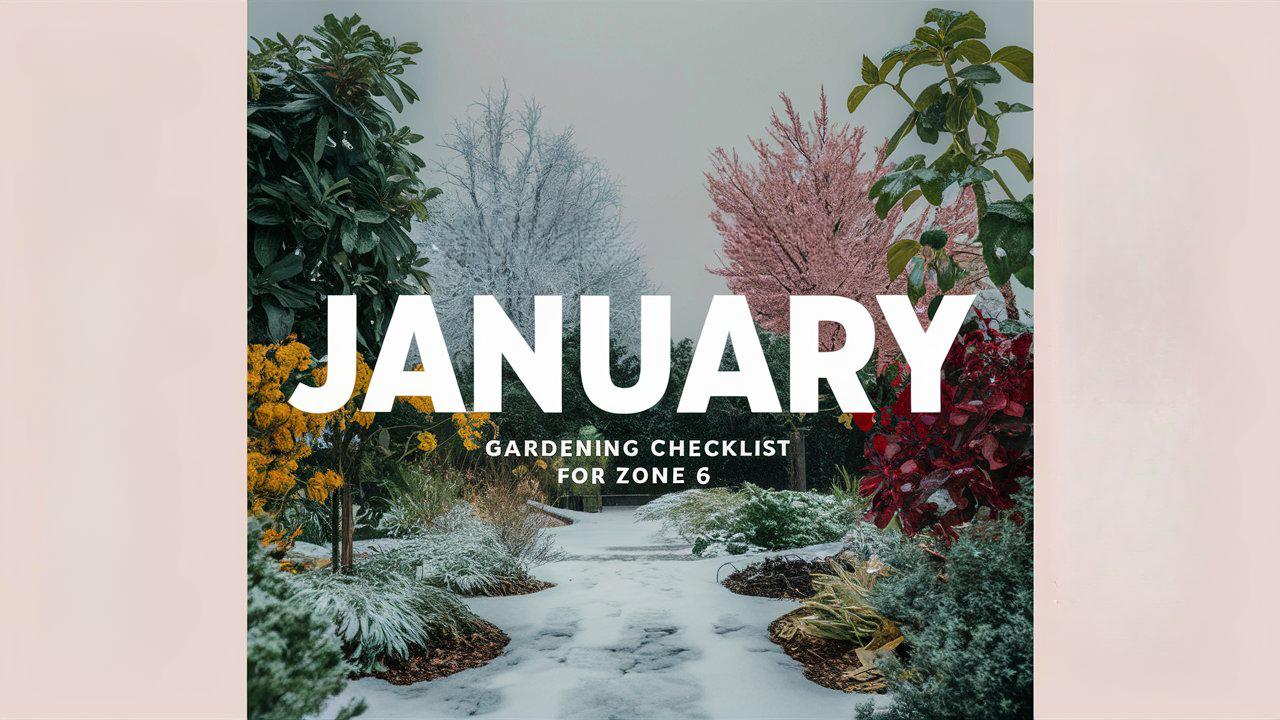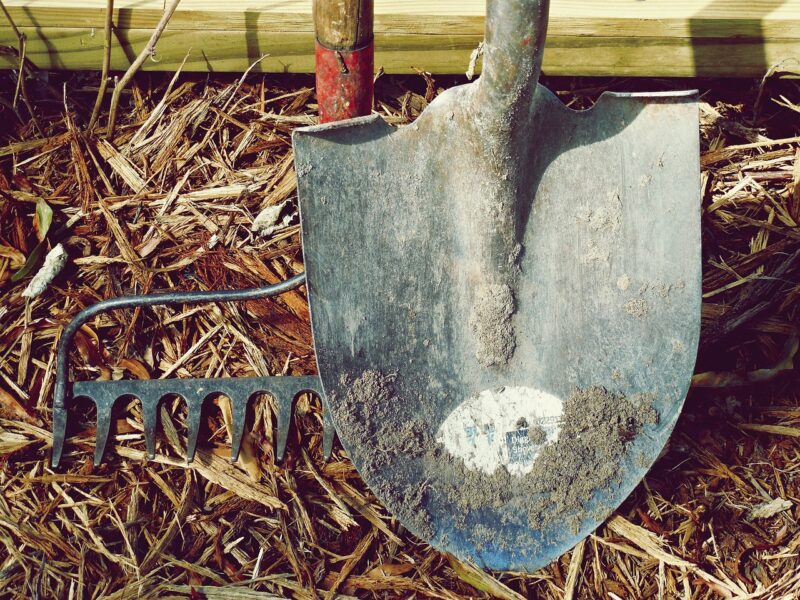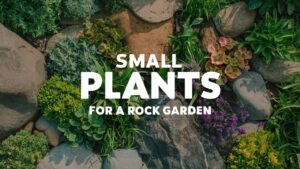From preparing tools for the upcoming season to selecting the right seeds, this checklist aims to provide you with a comprehensive guide for maintaining a thriving garden in Zone 6 during January.
Understanding Zone 6: Climate and Conditions

Before diving into specific tasks, it’s essential to understand what Zone 6 entails. Covering parts of the northeastern United States, Zone 6 is characterized by its relatively mild winters, with average minimum temperatures ranging from -10°F to 0°F (-23°C to -18°C). This climate supports a wide variety of plants and offers gardeners the chance to grow everything from hardy perennials to seasonal vegetables.
During January, gardeners in this zone should specifically pay attention to weather patterns, frost dates, and the unique microclimates that might exist within their properties. Such insights will help inform decisions about what to plant and when to begin sowing seeds indoors.
January Tasks: Cleaning and Organizing Tools
At the start of the gardening year, a thorough clean-up and organization of gardening tools is beneficial.
1. Inventory Check
Begin by conducting an inventory of your gardening supplies. Check your tools for wear and tear—clean dirty shovels and trowels, and sharpen blades on pruners and shears. Assess the condition of pots, trays, and seed-starting kits; a tidy workspace sets the stage for successful gardening activities ahead.
2. Tool Maintenance
For metal tools, scrub away any rust using a wire brush, followed by a rust-inhibiting oil to protect against future corrosion. Wooden handles should also be sanded if they have splinters. Finish by applying linseed oil to nourish the wood. Taking these steps will prolong the life of your tools, allowing for greater efficiency when planting season arrives.
3. Storage Solutions
Consider your storage solutions: are tools neatly stored to prevent damage? If not, it might be time to install pegboards or shelves in your gardening shed or garage. Organizing your space not only saves time but also minimizes frustration when the spring planting rush begins.
Planning and Preparing for Spring Planting
As the winter days drag on, it’s wise to think ahead to spring planting.
1. Seed Selection
January is an excellent time to research and select seeds for the upcoming growing season. Choose varieties that thrive in the Zone 6 climate—think about heirloom tomatoes, peppers, and early-season crops like peas and lettuce. Pay attention to seed catalogs or local gardening resources.
2. Start a Garden Journal
A garden journal can be extremely beneficial for tracking your planting efforts, successes, and challenges. Record details such as planting dates, variety details, growth patterns, and pest occurrences. Doing this in January allows you to start the year with a clean slate, preparing you for reflection at the end of the growing season.
3. Layout Design
Sketch out a layout of your garden beds and where each plant will go. Consider crop rotation principles, companion planting, and accessibility for maintenance like watering, weeding, and harvesting. Make the most of vertical space with trellises for vining plants, ensuring an efficient growing environment.
Indoor Gardening and Seed Starting
With cold temperatures outside, January is the perfect time to start seeds indoors.
1. Choosing the Right Seeds
Check your seed packets or catalog notes for the appropriate timing and conditions required for germination. Seeds like broccoli, cabbage, and certain herbs can be started indoors, typically around 6-8 weeks before your planned outdoor planting date.
2. Seed-Starting Mix and Containers
Invest in high-quality seed-starting mix, and choose clean containers to avoid soil-borne diseases. Seed trays or biodegradable pots can be excellent choices. Ensure proper drainage to promote healthy root growth. You may also explore options like egg cartons or recycled yogurt containers as eco-friendly alternatives.
3. Lighting and Temperature
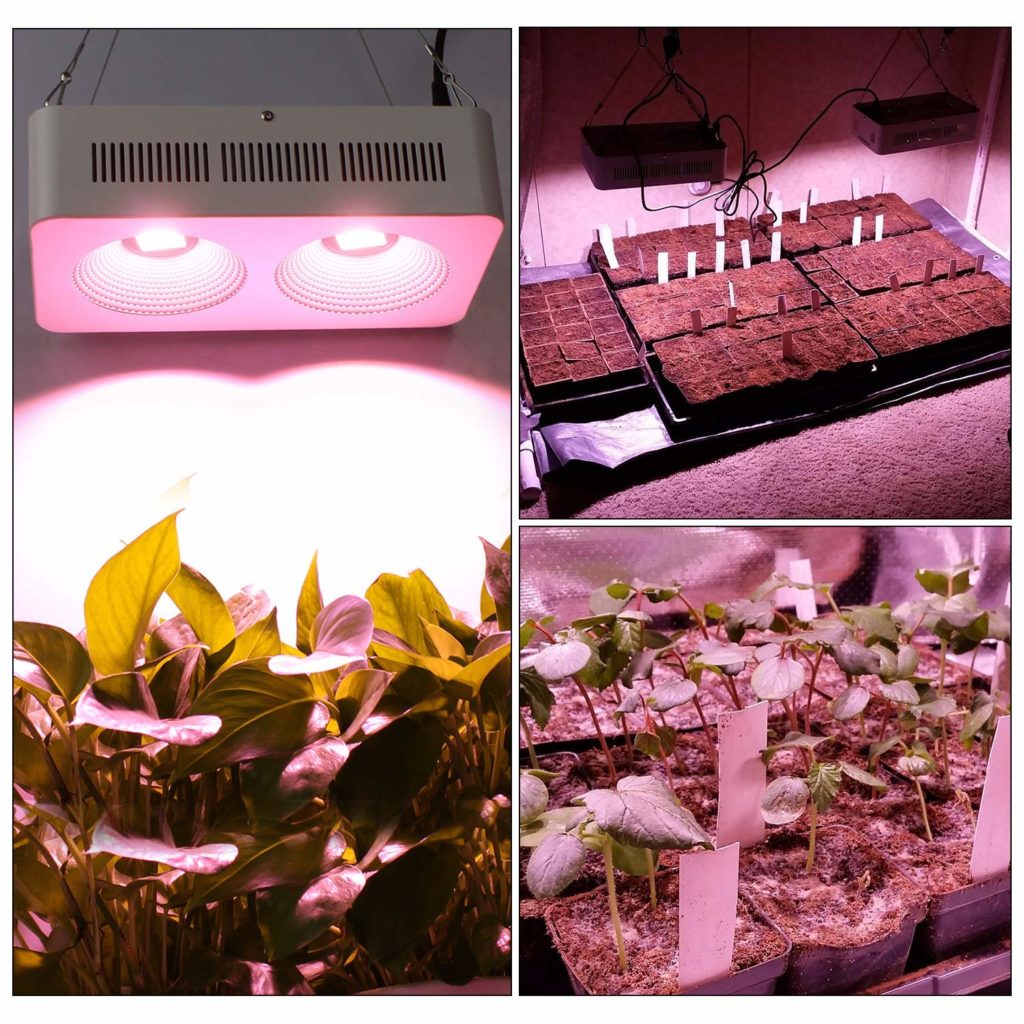
Consider how much light your seeds will need—most germinate best under bright, full spectrum light. If natural light is limited, a grow light can provide the necessary conditions for healthy growth. Additionally, maintaining a consistent temperature within the ideal range (usually 65°F to 75°F) will enhance germination rates.
Winter Garden Maintenance
While the garden may appear dormant, there are still several maintenance tasks that can be crucial in January.
1. Mulching
If your garden beds are not already mulched, adding a layer of mulch will help insulate soil temperatures and protect plant roots from harsh winter conditions. Organic materials such as straw, shredded leaves, or wood chips can break down over time, enriching the soil.
2. Keeping an Eye on Perennials

For gardeners who grow perennials, January is a good time to monitor them closely. Although most plants will be dormant, it’s important to check for signs of distress or pest activity. Make sure to prevent excess snow accumulation that can crush weak or overgrown branches. If necessary, gently brush off heavy snow from the tops of your perennials to keep them from becoming damaged.
3. Pruning
Pruning is typically advised in late winter for many deciduous trees and shrubs while they are still dormant. January can be an ideal time to assess which branches need to be removed to promote new growth or maintain form. Remember to use sharp and clean tools to prevent injury to the plant and to minimize the risk of infection. Focus on removing any dead, diseased, or damaged branches, and consider shaping the plant to enhance air circulation and sunlight exposure.
Wildlife Considerations and Winter Feeding
During January, wildlife is often more visible as food sources become scarce. Understanding the local ecosystem can foster a healthy cohabitation with nature.
1. Bird Feeding Stations
Consider setting up bird feeders in your yard to provide food during the cold months. Use a mix of black oil sunflower seeds, suet, and mealworms to attract a variety of birds that can help keep pests in check come spring. Regularly maintain your feeders, keeping them full and clean to encourage visits and prevent disease spread.
2. Bug Hotels and Habitat Shelters
Creating shelters for beneficial insects can ensure their survival through winter and readiness to assist in pollination and pest management when the growing season picks up. These can include constructing bug hotels, leaving brush piles, or preserving layers of leaf litter.
3. Understanding Local Wildlife
Engaging with the wildlife in your garden can enhance biodiversity. Research which beneficial insects, birds, or small mammals may be present in your region. Learn about creating habitats that encourage their presence, thus enriching your garden’s ecosystem and leading to a healthier growing environment.
Soil Health: Testing and Amendments
As you prepare for spring, evaluating your soil’s health is crucial for successful gardening.
1. Soil Testing
January offers the perfect time for soil testing. Many local cooperative extension services provide soil testing kits that can highlight pH levels, nutrient deficiencies, and organic matter content. Understanding the composition of your soil will aid in determining what amendments are necessary for the next planting season.
2. Organic Amendments
Based on your soil test results, you may consider adding organic amendments such as compost, well-rotted manure, or organic fertilizers. These materials not only improve soil structure but also enhance its fertility, aeration, and moisture-holding capacity. Introduce these amendments into your soil in late winter to allow for decomposing and integration before planting begins.
Container Gardening Preparation
For those who opt for container gardening, January can be a productive time to prepare and plan.
1. Selecting Containers
Ensure your containers have adequate drainage. Consider the size and material of the pots as well; larger containers can hold moisture better and reduce the frequency of watering. However, ensure they are also light enough to move around if needed.
2. Choosing Container-Friendly Plants
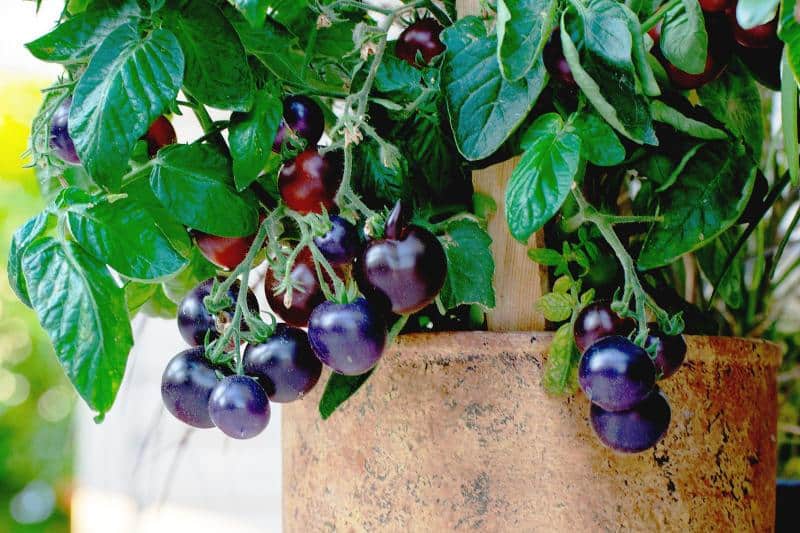
Focus your seed selection on plants that thrive in pots. Herbs like basil, parsley, and cilantro, as well as compact varieties of vegetables like cherry tomatoes and peppers, are excellent options. January is ideal for planning out which combinations work well together and can thrive within the confines of containers.
3. Potting Soil and Fertilizer

Utilizing a quality potting mix is critical in container gardening. Such mixes often contain a blend of peat moss, vermiculite or perlite, and compost, ensuring that your plants have access to the right nutrients and drainage. Plan to incorporate a slow-release organic fertilizer into your mix to support plant health through the growing season.
Protecting Tender Plants
Many gardeners in Zone 6 may have tender plants that require special attention during the winter months.
1. Covering Plant Beds
If you have specific beds with sensitive plants, consider using frost cloth to cover them during particularly cold snaps. This light barrier can add a few degrees of warmth to protect vulnerable plants from frost damage while allowing some light through.
2. Greenhouses and Cold Frames

Investing in a greenhouse or cold frame can also give you the edge during winter. It creates a controlled environment, allowing you to grow simple greens or herbs even in the coldest months. If you’re considering this route, January is prime time to plan and prepare your greenhouse setup.
3. Moving Potted Plants Inside

For any potted plants that are not hardy in Zone 6, consider bringing them inside, or placing them in a more protected location. A sunny window or a well-lit garage can provide a better environment during the harshest winter months.


